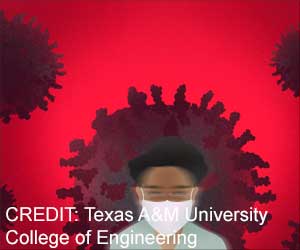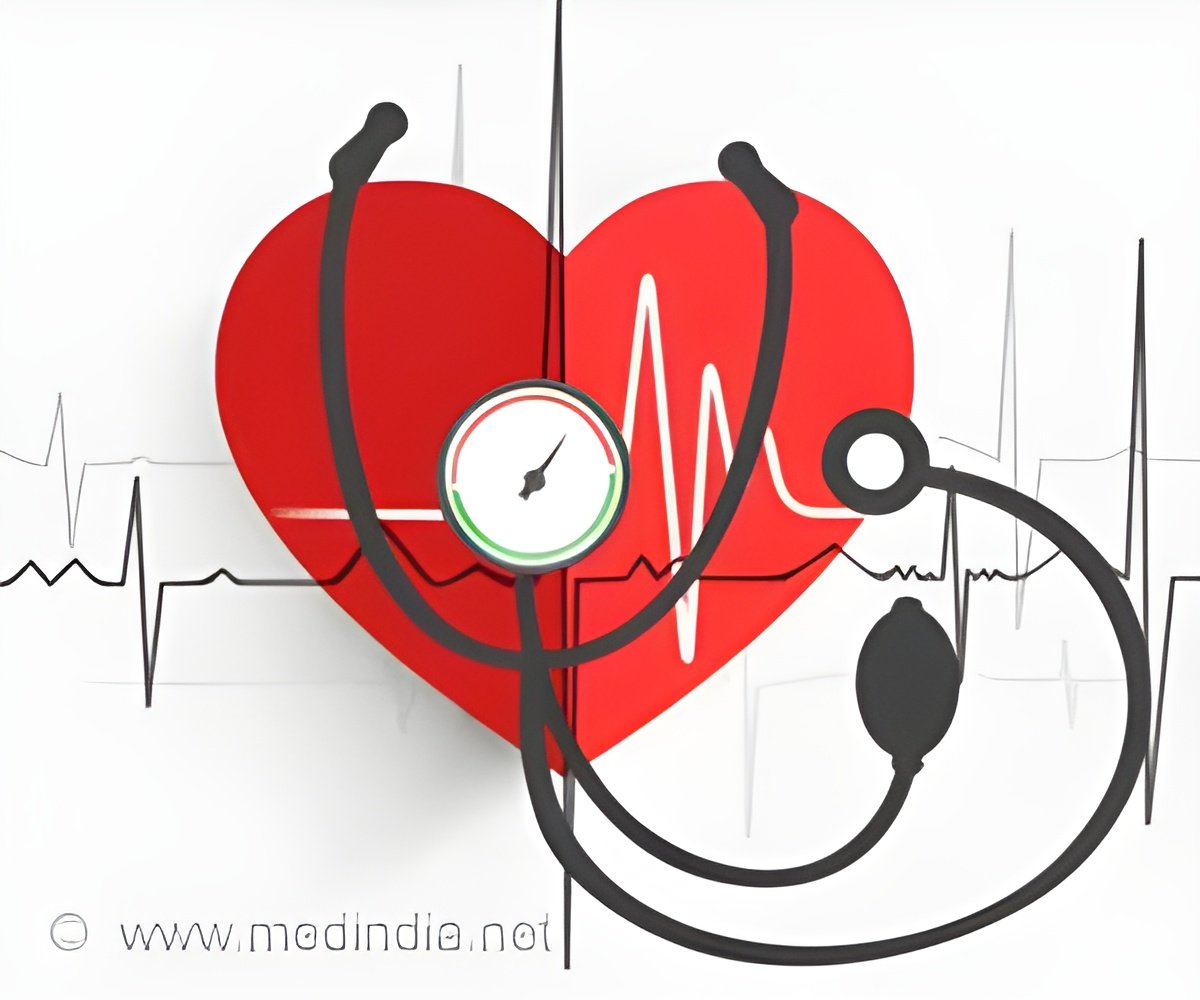To glean the most information possible with small, renewable samples, Mahajan and his team developed a technique
. By tracing proteins to a type of cell where the RNA that creates the proteins resides, TEMPO allows scientists to understand the cellular origin of disease-driving proteins with the hope that eventually they can target the cells with personalized medical treatments.
“The first step in developing any kind of successful therapy is understanding the molecules,” Mahajan said. “At the molecular level, patients present different manifestations even with the same disease. With a molecular fingerprint like we’ve developed, we could pick drugs that work for each patient.”
Advertisement
To better understand which cellular processes contribute to various eye diseases, the team analyzed liquid biopsies taken from the aqueous humor fluid between the lens and the cornea while patients were locally anesthetized during surgery. The fluid was collected in patients with three types of eye diseases: diabetic retinopathy, which causes blood vessels in the eye to leak, leading to vision loss; retinitis pigmentosa, which causes light-sensitive cells in the back of the eye to break down; and uveitis, inflammation inside the eye.
Using eye fluid from 46 healthy patients, Mahajan and his team trained an AI algorithm to predict the age of the patient. They then fed the algorithm the nearly 6,000 proteins present in the fluid to see if a subset of these proteins could predict the patient’s age. They found 26 that could do so when used as a group.
Comparing the diseased eye fluid with the healthy fluid, they found that patients with diseased eyes had proteins that indicated a higher age: 12 years older in patients with early-stage diabetic retinopathy, 31 years in those with late-stage diabetic retinopathy, 16 years in retinitis pigmentosa patients and 29 years in uveitis patients.
Eye Aging Clock Shows Promise in New Drug Therapeutics
The model also found that the cells responsible for indicating increased age were different with each disease: vascular cells in late-stage diabetic retinopathy, retinal cells in retinitis pigmentosa, and immune cells in uveitis.
They also found that some cells commonly targeted in treatment are not the ones most involved in disease, encouraging a reevaluation of therapies. For example, diabetes drugs commonly target blood vessel cells because they become leaky with the disease, but they found a big increase in proteins from healthy to late-stage diabetic retinopathy is in macrophages, an immune cell that removes dead cells.
Targeting both aging and disease cells could make treatment more effective, Mahajan said, because the two appear to act separately but simultaneously to damage the eye. Mahajan anticipates that researchers will apply the TEMPO technique and aging clock to other organ fluids such as liver bile and joint fluid.
Mahajan hopes that by knowing these biomarkers, researchers will run more successful clinical trials because they will have a more refined look into the cellular processes driving disease. Currently, 90% of drug candidates tested in mice models or human cells fail in clinical trials. Knowing the cells driving disease and aging may increase chances of success, Mahajan said.
“It’s as if we’re holding these living cells in our hands and examining them with a magnifying glass,” Mahajan said. “We’re dialing in and getting to know our patients intimately at a molecular level, which will enable precision health and more informed clinical trials.”
Reference :
- Liquid-biopsy proteomics combined with AI identifies cellular drivers of eye aging and disease in vivo – (https://www.cell.com/cell/fulltext/S0092-8674(23)01033-4)
Source: Eurekalert



